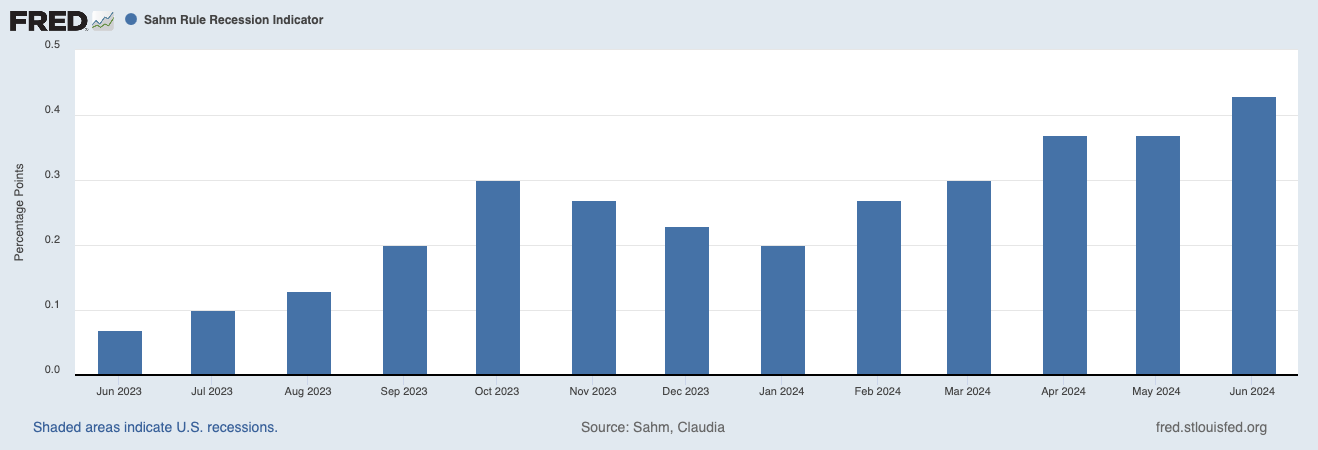Image by mohamad_hassan via pixabay.com
The consensus agrees: The Federal Reserve will again raise interest rates on Wednesday. Following four consecutive meetings that resulted in a jump of three-quarters of a percentage point, the anticipation for this event is a smaller rate hike than previously.
Ultimately, the decision of how much to raise rates will reflect the latest data on the Consumer Price Index, including wage growth, consumer goods pricing, consumer demand, housing prices and shipping costs. Fed Chair Jerome Powell also said he is looking closely at the tightness in the labor market.
READ ALSO: How a Looming Recession Impacts CRE Deals
Most experts agree that the Fed will raise rates by 50 basis points this week. Should they be correct, the Fed’s policy rate would be brought to the 4.25 percent to 4.5 percent range, after being at zero at the start of this year.
CRE economic slowdown
As real estate lenders and developers adapt to the new environment, deals and transactions are slowing across most major markets. Uncertainty about how high rates will go and the impact on the economy makes it difficult to assess property values.
“The slowdown in CRE is already being felt in all segments of the market,” said Shlomi Ronen, Managing Principal at Dekel Capital in Los Angeles. “The big question is how long will it last and if there’s a potential for some easing of monetary policy from the Fed sometime next year.”
Jon Fhima, CEO of F2, believes that even if the Fed does proceed with a lower interest rate hike, such as 50 basis points, the general market and developer sentiment will likely not get development back to pre-COVID level activity. “Developers still seem skittish to put shovels in the ground,” said Fhima. “Construction costs coupled with interest rates are still a little too high to palate.”
Until a sense of “normalcy” is returned to the market, CRE must navigate the uncertain future with the information given on the current economy. While certain deals are still actionable, some asset classes and property types are feeling the pressure more than others.
“Rate hikes make deals harder to get done, especially with the uncertainty with retail and office markets,” said Marc Norman, Associate Dean, NYU School of Professional Studies, Schack Institute of Real Estate. “That said, as rates increase, alternative lenders and investors’ capital becomes more competitive and more flexible.”
Financing in the foreseeable future
The rate hikes are roiling the commercial mortgage market. Rising rates increase the cost of debt for borrowers, while banks worry about how rising rates affect the value of their portfolios.
“Banks must be careful writing loans in a rising rate environment,” Paul Fiorilla, Director of Research for Yardi Matrix said. “Portfolio lenders worry that the value of the loans on their books will decline, plus higher rates could make the take-out of the loan more difficult. For CMBS and CLO issuers the problem is more acute. Although they hedge, their book loses value when rates increase between the time loans are originated and sold.”
Should the rates only go up slightly this week and in following rate hikes, the impact on the market will be relatively small as well. However, should the Fed raise by another 100 basis points, lending will be discouraged as originators will have to be more conservative because they will reduce leverage and ensure debt service is sound, according to Fiorilla.
The upcoming rate hike not only impacts the future of deals in CRE due to the difficultly that may stem from trying to find financing, but also affects existing funding already in play.
“Existing loans with maturities or resets in 2023 and 2024 will feel the brunt of the rate increases and likely struggle for new financing given the triple whammy of higher rates, higher expenses and higher vacancies,” said Norman.
If the outcome of the next rate hike is that the increase is 50 basis points, Fhima believes general investor sentiment should be positive, as the message would be that inflation is slowing. “The hope is that we’ll begin to see far greater volume and liquidity in the marketplace considering it has drastically slowed down over the last six months,” said Fhima.
















